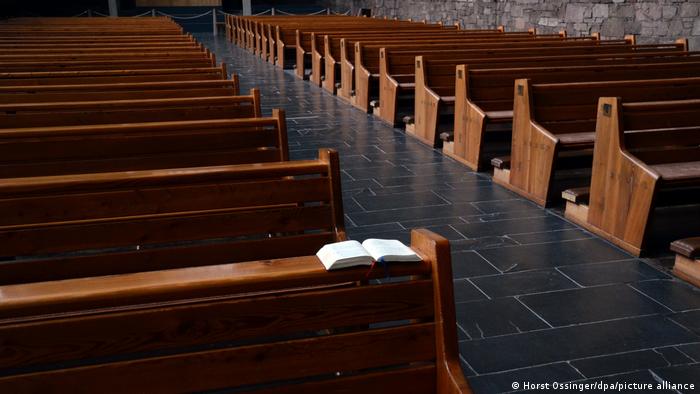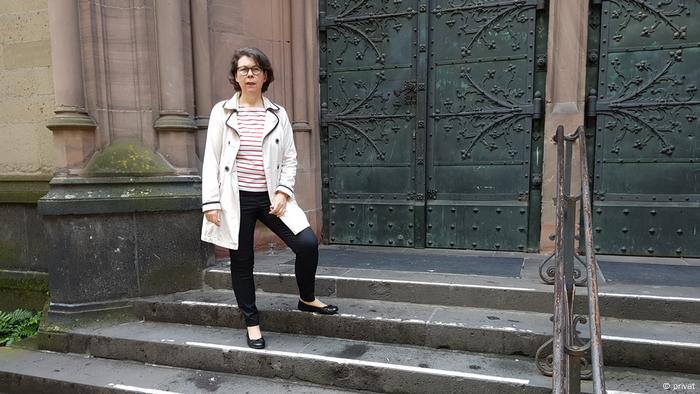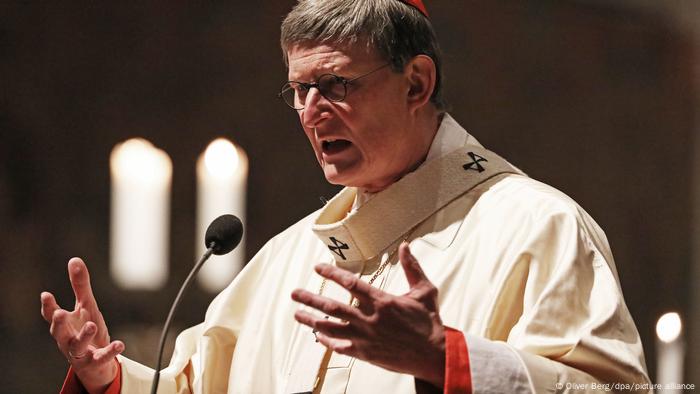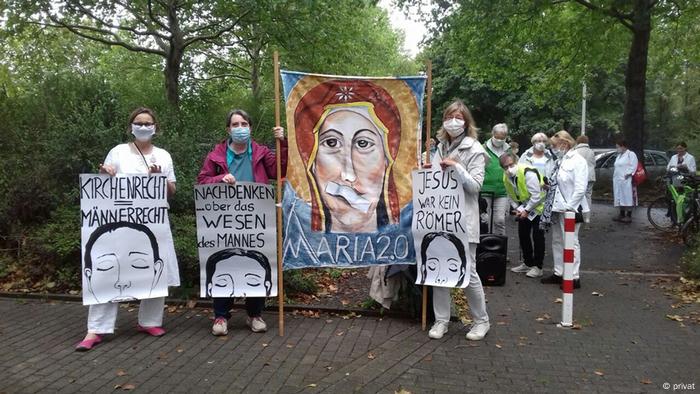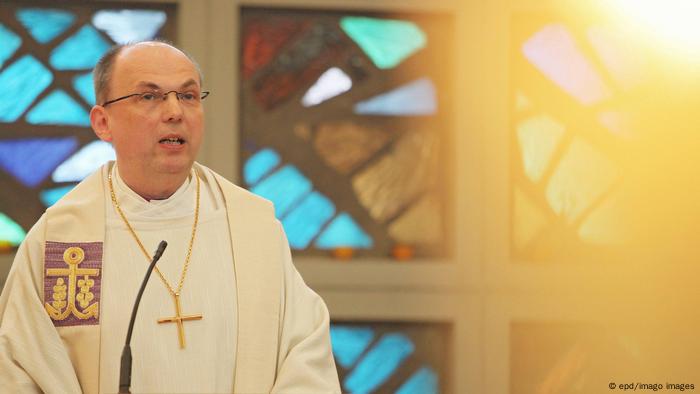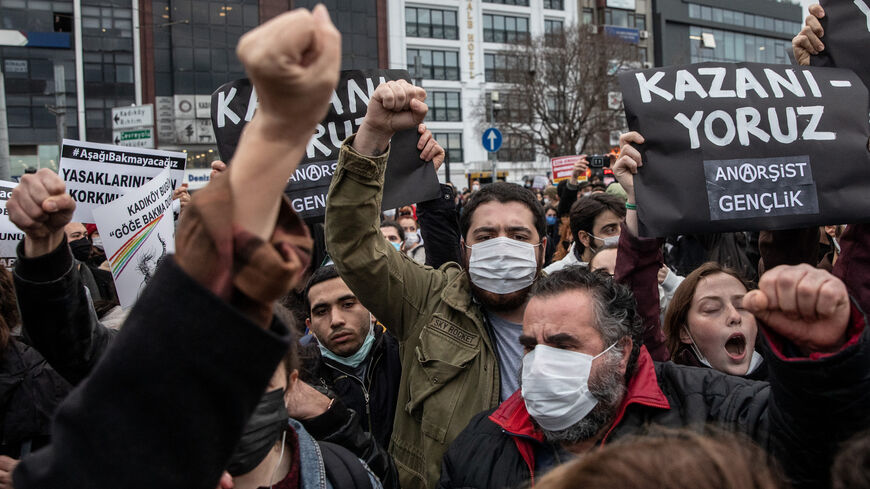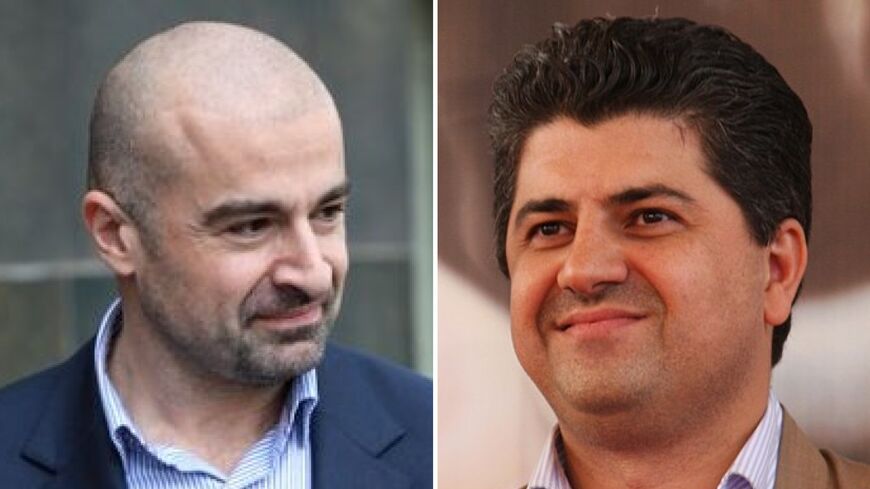
A steel 3D-printed pedestrian bridge spans a canal in the heart of the red light district in Amsterdam, Netherlands, Thursday, July 15, 2021. The distinctive flowing lines of the 12-meter (40-foot) bridge were created using a 3D printing technique called wire and arc additive manufacturing that combines robotics with welding. (AP Photo/Aleksandar Furtula)
AMSTERDAM (AP) — Dutch Queen Maxima teamed up with a small robot Thursday to unveil a steel 3D-printed pedestrian bridge over a canal in the heart of Amsterdam’s red light district.
Maxima pushed a green button that set the robot’s arm in motion to cut a ribbon across the bridge with a pair of scissors.
The distinctive flowing lines of the 12-meter (40-foot) bridge were created using a 3D printing technique called wire and arc additive manufacturing that combines robotics with welding.
Tim Geurtjens, of the company MX3D, said the bridge showcases the possibilities of the technology.
“If you want to have a really highly decorated bridge or really aesthetic bridge, suddenly it becomes a good option to print it,” he said. “Because it’s not just about making things cheaper and more efficient for us, it’s about giving architects and designers a new tool — a new very cool tool — in which they can rethink the design of their architecture and their designs.”
The 6-ton structure will be loaded with sensors that researchers at Imperial College London will use to monitor the bridge in real time and gauge how it reacts to being used by pedestrians.
It will remain in place for two years while the bridge that previously spanned the canal is renovated.
Micha Mos, a councillor at Amsterdam municipality, said the bridge could help bring in new tourists as the the city seeks to clean up a neighborhood known for seedy clubs and noisy stag parties.
“This may attract a new kind of visitor, one who is more interested in architecture and design, which will help change the way the neighborhood is perceived as more of something you want to visit but visit respectfully than it has been over the few last decades,” he said.
____
Associated Press writer Mike Corder contributed from The Hague.
First 3D-printed bridge opens to public in Amsterdam
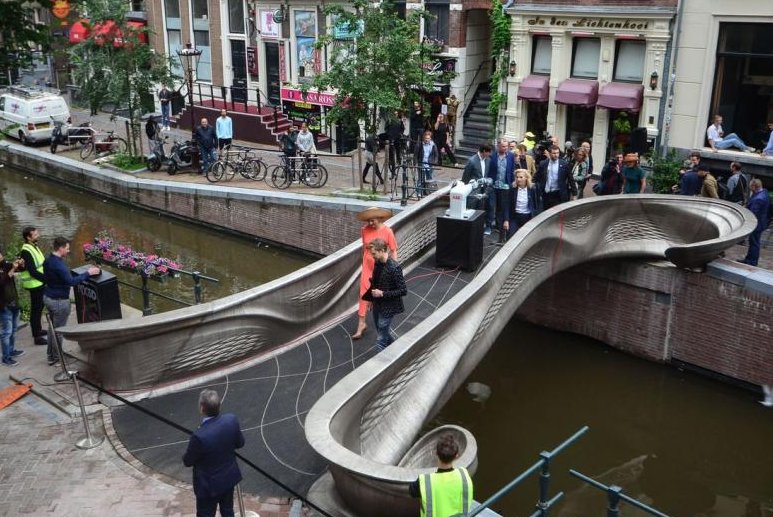
Queen Máxima of the Netherlands crosses the 3D printed bridge. Photo courtesy of MX3D.
July 15 (UPI) -- The world's first 3D printed bridge was unveiled in Amsterdam's Red Light District on Thursday.
The bridge -- weighing just over 9,900 pounds -- was created by torch-wielding robotic arms that welded the structure.
It was later transported to the Oudezijds Achterburgwal canal in central Amsterdam, where it was constructed and opened to bicycle and pedestrian traffic.
Queen Máxima of the Netherlands opened the bridge by operating a scissor-wielding robot to cut a ribbon.
The project began seven years ago by Dutch company MX3D is also under the research umbrella of Imperial College London.
"A 3D-printed metal structure large and strong enough to handle pedestrian traffic has never been constructed before," Imperial co-contributor professor Leroy Gardner said according to IET. "We have tested and simulated the structure and its components throughout the printing process and upon its completion and it's fantastic to see it finally open to the public."
The structure was not only built to show off the new technology, it will also serve as a lab to Imperial College London researchers.
A computer model of the bridge will be combined with real-world information about traffic and regular analysis to monitor the bridge's health.
The bridge performance will be studied to determine how 3D-printed steel reacts over time. The Alan Turing Institute will lead the research program.
"3D printing is poised to become a major technology in engineering and we need to develop appropriate approaches for testing and monitoring to realize its full potential," Turing Institute Prof. Mark Girolami said, according to IET. "When we couple 3D printing with digital twin technology, we can then accelerate the infrastructure design process, ensuring that we design optimal and efficient structures with respect to environmental impact, architectural freedom and manufacturing costs."
Earlier this year, the U.S. Navy announced it was developing 3D printing technology for structural metals involved in vessel construction.
"MX3D kicked off this project in 2015 when it proposed printing a metal bridge with its innovative large-scale, #robotic #3Dprinting technology, creating a playful, inspiring example of how digital tools can create a new form language for architectural objects," MX3D said on Facebook.

Queen Máxima of the Netherlands crosses the 3D printed bridge. Photo courtesy of MX3D.
July 15 (UPI) -- The world's first 3D printed bridge was unveiled in Amsterdam's Red Light District on Thursday.
The bridge -- weighing just over 9,900 pounds -- was created by torch-wielding robotic arms that welded the structure.
It was later transported to the Oudezijds Achterburgwal canal in central Amsterdam, where it was constructed and opened to bicycle and pedestrian traffic.
Queen Máxima of the Netherlands opened the bridge by operating a scissor-wielding robot to cut a ribbon.
The project began seven years ago by Dutch company MX3D is also under the research umbrella of Imperial College London.
"A 3D-printed metal structure large and strong enough to handle pedestrian traffic has never been constructed before," Imperial co-contributor professor Leroy Gardner said according to IET. "We have tested and simulated the structure and its components throughout the printing process and upon its completion and it's fantastic to see it finally open to the public."
The structure was not only built to show off the new technology, it will also serve as a lab to Imperial College London researchers.
A computer model of the bridge will be combined with real-world information about traffic and regular analysis to monitor the bridge's health.
The bridge performance will be studied to determine how 3D-printed steel reacts over time. The Alan Turing Institute will lead the research program.
"3D printing is poised to become a major technology in engineering and we need to develop appropriate approaches for testing and monitoring to realize its full potential," Turing Institute Prof. Mark Girolami said, according to IET. "When we couple 3D printing with digital twin technology, we can then accelerate the infrastructure design process, ensuring that we design optimal and efficient structures with respect to environmental impact, architectural freedom and manufacturing costs."
Earlier this year, the U.S. Navy announced it was developing 3D printing technology for structural metals involved in vessel construction.
"MX3D kicked off this project in 2015 when it proposed printing a metal bridge with its innovative large-scale, #robotic #3Dprinting technology, creating a playful, inspiring example of how digital tools can create a new form language for architectural objects," MX3D said on Facebook.






